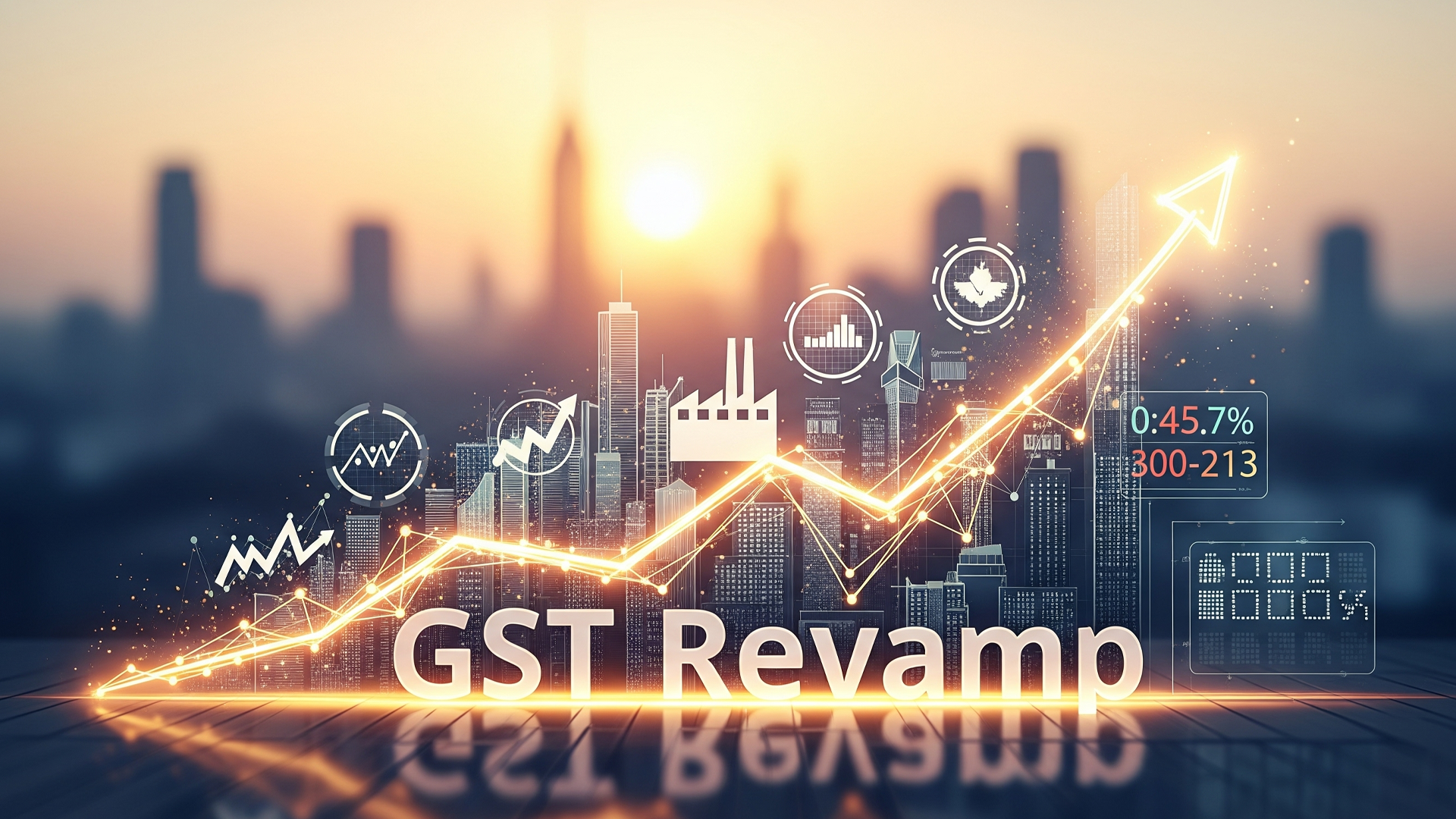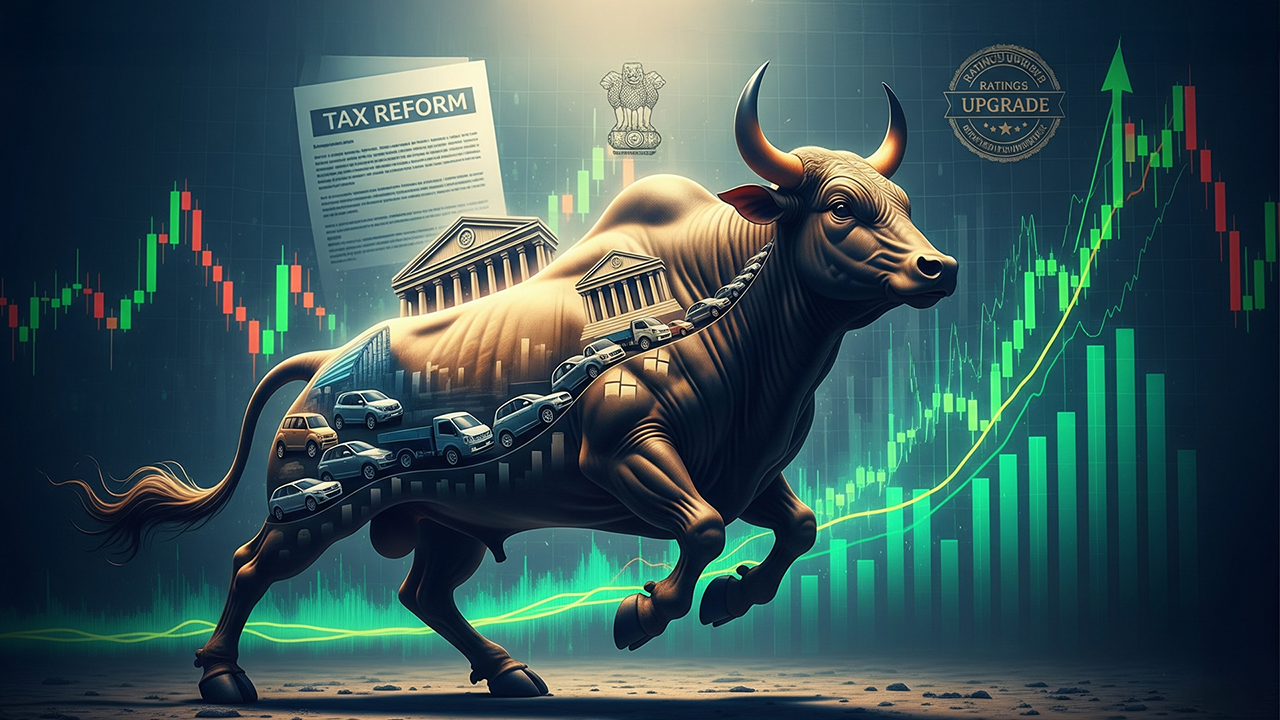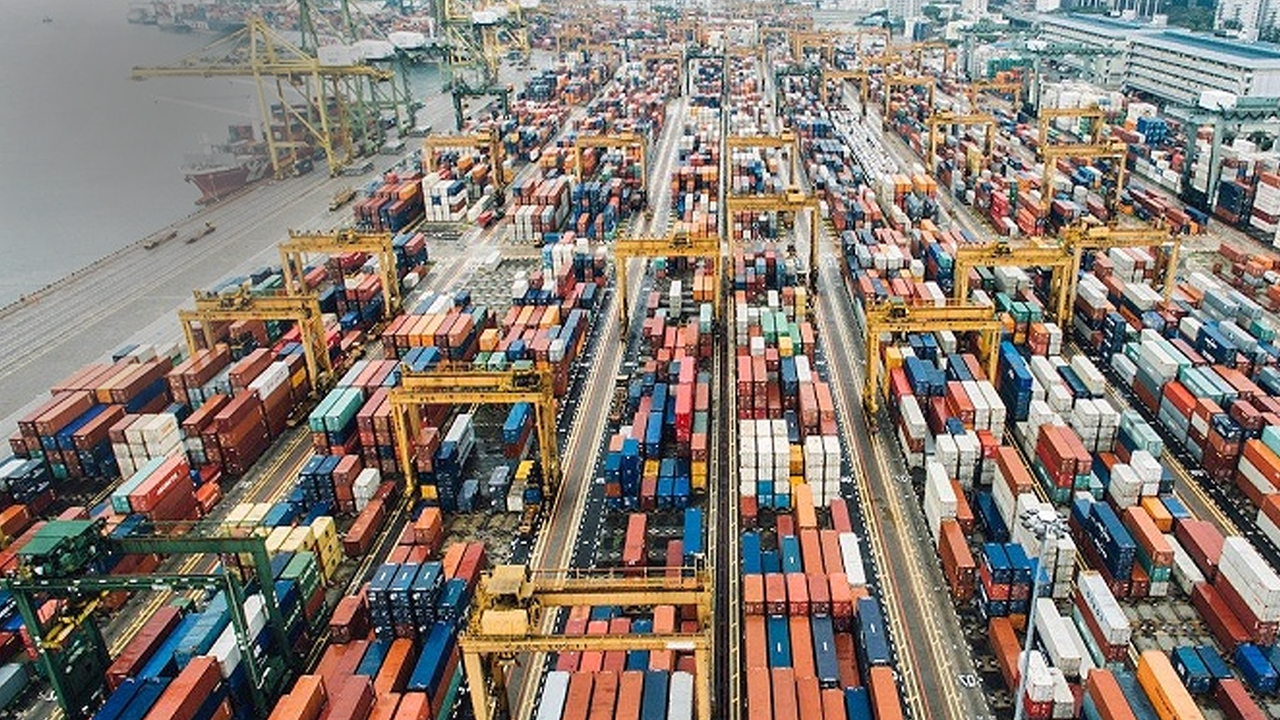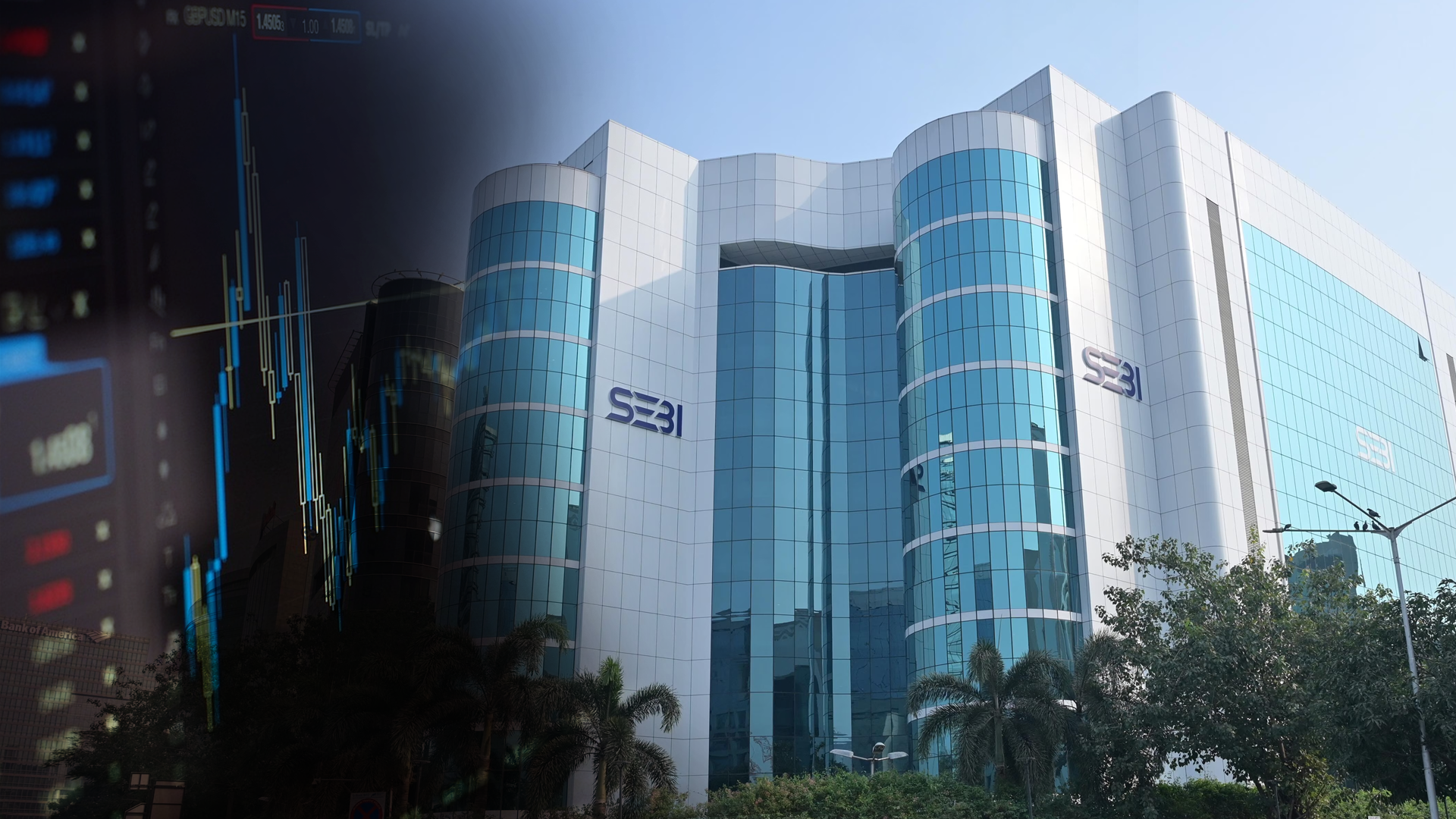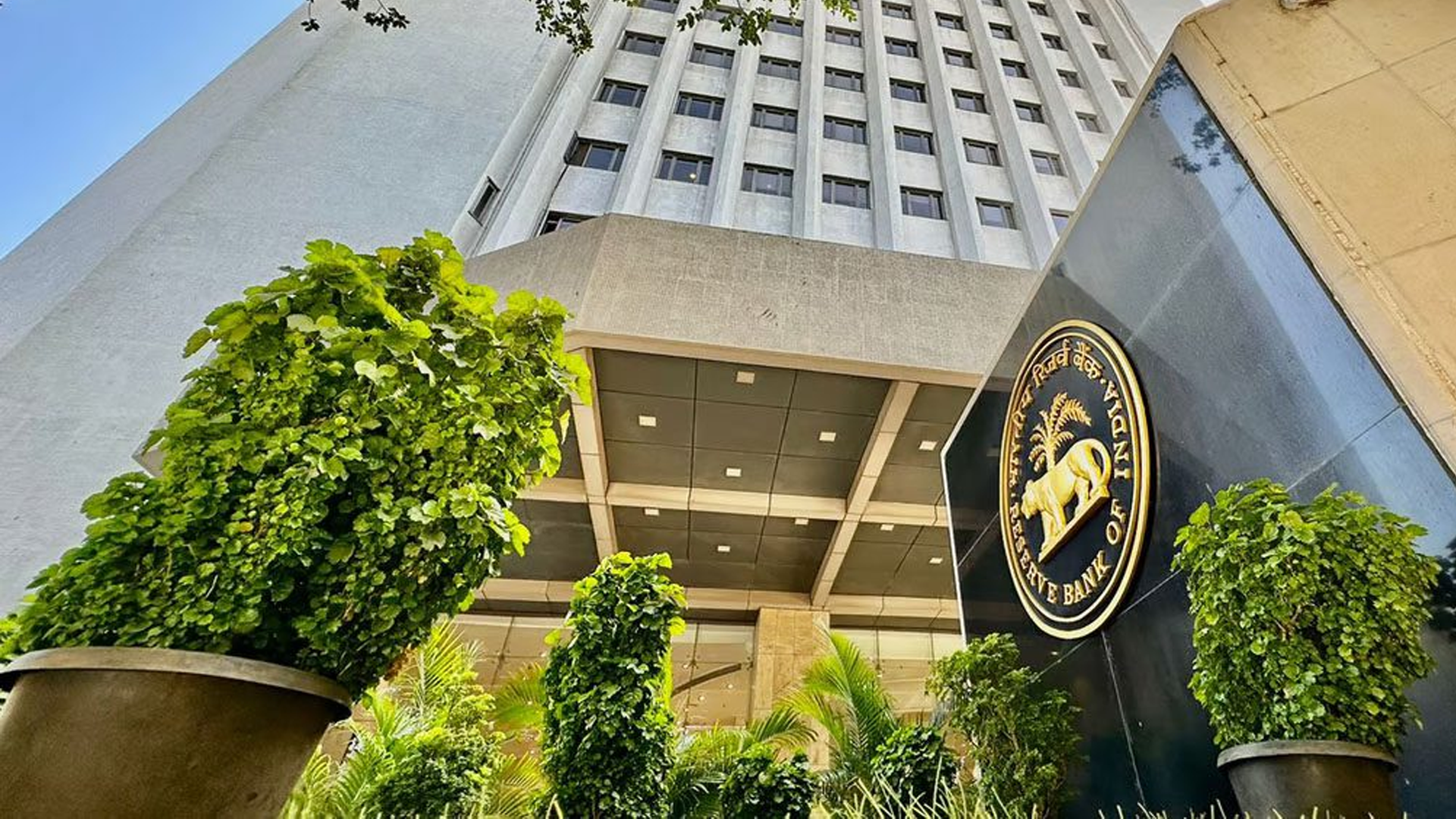India Faces Sharpest Earnings Downgrades in Asia as U.S. Tariffs Loom
In the past two weeks, forward 12-month earnings forecasts for India’s large and mid-cap firms have fallen by 1.2%, according to data from LSEG IBES.

Indian companies are experiencing the most significant earnings downgrades in Asia as U.S. tariffs rise, reported Reuters, adding pressure on growth and investor sentiment. In the past two weeks, forward 12-month earnings forecasts for India’s large and mid-cap firms have fallen by 1.2%, according to data from LSEG IBES, marking the steepest revision in the region.
These revisions reflect both a weak earnings season and concern over the outlook, particularly for labor-intensive sectors like textiles and consumer goods. Although firms in the Nifty 50 derive only about 9% of their revenue from the U.S., a sustained 50% tariff could dent India’s GDP by as much as one percentage point, according to analysis from MUFG.
The sectors most heavily impacted by downward revisions include automobiles and components, capital goods, food and beverages, and consumer durables, with each seeing earnings forecasts slashed by at least 1%—underscoring a broad-based slowdown across India’s corporate landscape.
Despite these challenges, the Indian government has unveiled sweeping tax reforms designed to bolster domestic consumption. Analysts at Standard Chartered estimate these reforms could boost GDP growth by 0.35–0.45 percentage points over the fiscal year ending March 2027.
Still, India’s earnings growth has lagged, remaining in single digits for five consecutive quarters—well below the 15–25% gains seen from 2020 to 2023. Strong GDP growth has continued, averaging 8.8% between 2022 and 2024, and projected at around 6.8% annually over the next three years—but gaps persist between economic expansion and corporate performance.
The business environment’s cooling is reflected in shifting investor sentiment. Bank of America's recent fund manager survey indicates that India has slipped from the most-favored to the least-preferred equity market in Asia within a short period.
Additionally, a Reuters poll of 20 analysts reveals that India’s stock markets are expected to deliver only modest gains through year-end. The Nifty 50 is forecast to rise approximately 3.9% to around 25,834, with new record highs deferred until 2026. Meanwhile, the Sensex is projected to reach approximately 85,100 this year and climb further in 2026.
Gendering these trends, significant foreign capital has exited Indian equities—more than $13 billion year-to-date, including $2.4 billion in early August—driven by policy uncertainty and tariff-related risks.
This earnings pressure comes amidst the backdrop of rising trade tensions. Presidential tariffs of up to 50% on Indian exports have rattled markets. While Fitch Ratings has noted limited direct exposure for most Indian corporates, sectors like pharmaceuticals could face risk if tariff policies expand. The agency also warned that sustained tariffs could moderate projections for FY2026 economic growth.
India Inc. is responding with strategic adaptations. Companies are exploring international growth paths—either expanding in lower-tariff countries like the UAE and Mexico or increasing their presence directly within the U.S.—to circumvent trade barriers and preserve competitiveness.
In sum, India’s economic trajectory is being tested by external headwinds, with sharply downgraded earnings, cautious investor confidence, and modest market gains forecast amid efforts to cushion domestic demand with policy support. Balancing these dynamics will be critical in defining India’s growth resilience in an increasingly volatile global trade environment.


